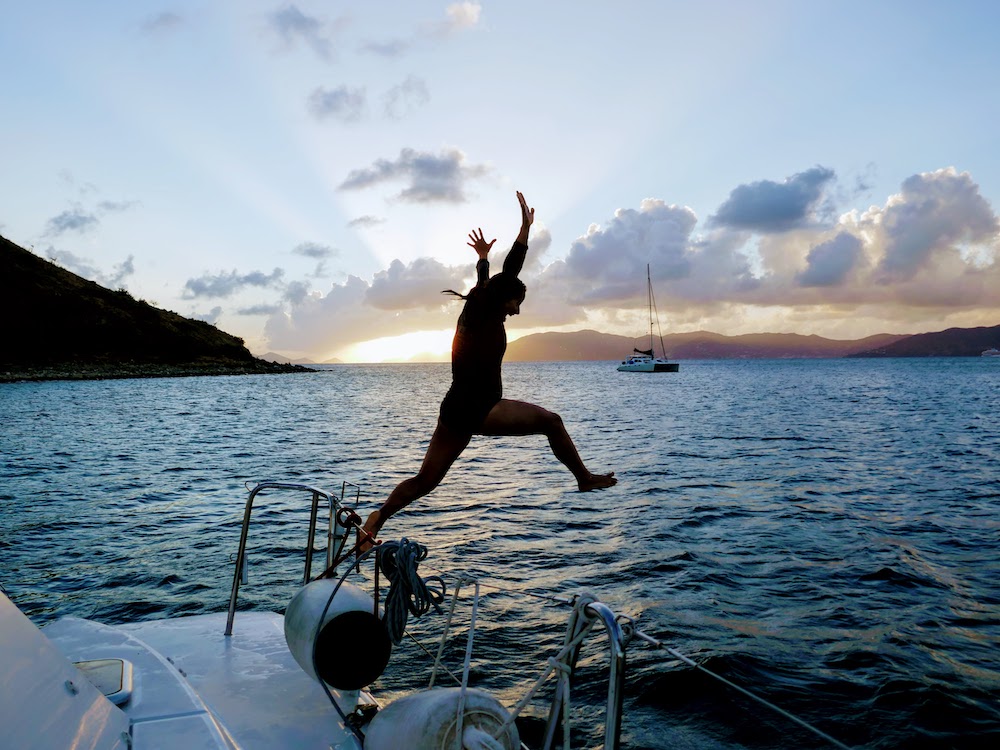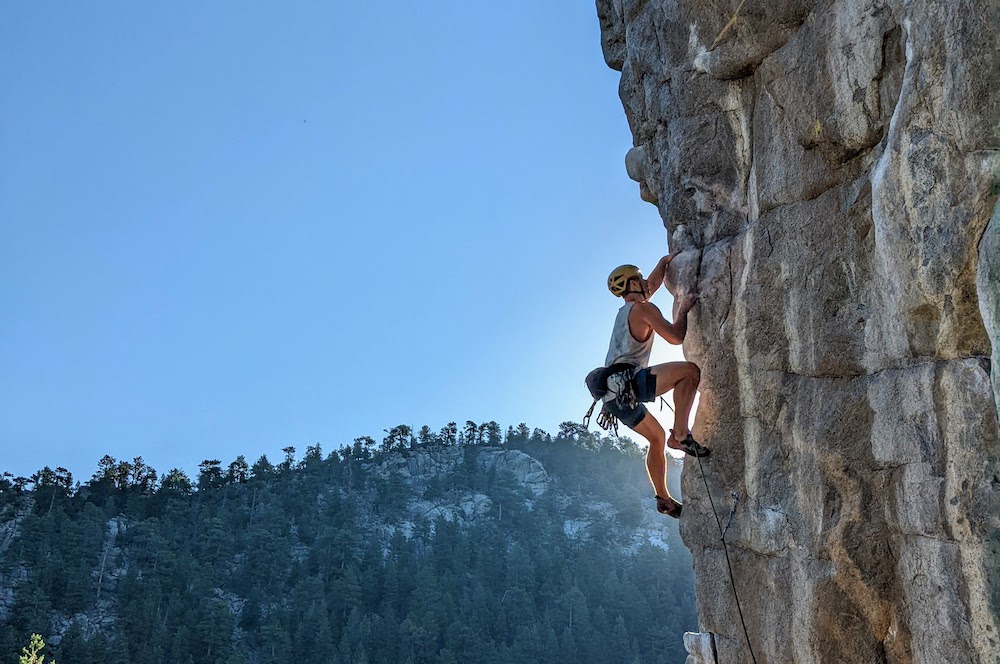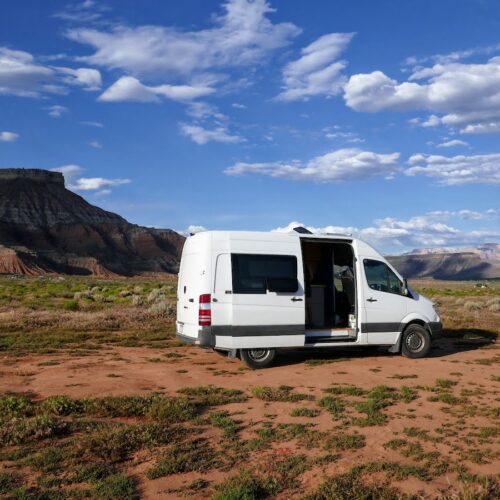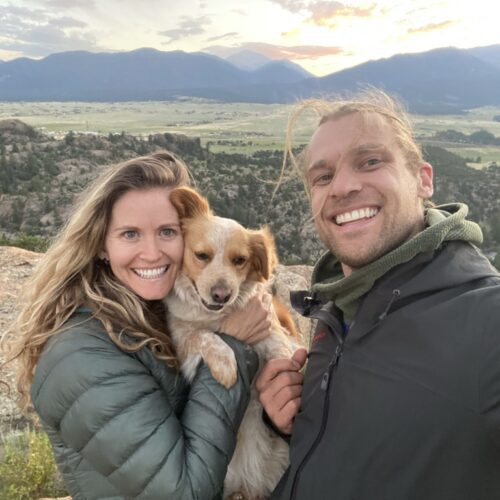I define lifestyle design as: with freedom from the constraints of work, how do I choose to spend my day to day life.
During the final years of my journey to financial independence and in the years since quitting my full-time job, I’ve been in the process of designing the ideal lifestyle for myself. Five years in, the process is far from complete. What I thought I wanted in the beginning is different from where I’m headed now.

Pre-FI: Limited Options and Bountiful Safety
My career gave me guardrails – rigid structure that kept me on the road. Where did this road go? Since I chose my location (Colorado), my profession (software engineer) and employer, this road pointed generally where I wanted to go.
I was headed towards a semi-adventurous life very much in-line with what society wants from me:
- Buy a house,
- Get a dog and start a family,
- It’s okay to go climbing and hiking on the weekends and occasionally after work,
- Travel a few weeks per year,
- Make a boat-load of cash and spend most of it on an RV or a cabin near a ski resort
- Enjoy all these things occasionally until I’m old and can retire.
Not too bad. I mean who’s going to argue about the wonders of hiking a few times each week? A cabin up in the mountains sounds rad, right?

Going to an office daily gave me a way to spend my time and a place to meet people. On top of all that, I feel comfortable with structure. The routine of commute, office, commute, work out, sleep, repeat felt predictable, safe.
Transition to FI: Rip Out Those Guardrails!
I wanted more. But what did that “more” look like. Life without guardrails is scary. If I don’t have a commute, time in the office, happy hour with co-workers, etc. how do I spend my time?
TL;DR: I didn’t nail lifestyle design on this first iteration and that’s OK! In hindsight, choosing full-time #vanlife was an over-reaction to the rigidly structured life of an office worker.

Non-stop bopping around the American West climbing and hiking – though it may sound romantic – felt too open-ended for me after a while. My wife and I would climb for a day or two. Then we’d spend our off-days driving to the next place, re-provisioning food and water, and finding WI-FI. This wasn’t too bad for the first few weeks, but the unpredictability of it all quickly became unsustainable.
The first tweak to my post-FI lifestyle was small. Instead of spending 2-5 days in a place before moving on, Rose and I started to stay a week or more before moving on. This subtle change in our design enabled us to get to know a place a little bit. We learned where to get water, WI-Fi, and where to sleep. A little bit of predictability felt great!
The next pain point I found was that it’s hard to have community while on the road full time.
Van Life to Home Base: Craving Community
Even with slow van-based travel, it was hard to develop community. I missed my family that we got to see when living in the Denver area. I was also tired of spending all my time working in libraries and coffee shops. Wah Wah.
We enjoyed nine months of van life. Slowing down the location changes made a huge difference, but at 3/4 of a year on the road we were ready for a bit more normalcy.
Before the latest housing price boom, Rose and I came across a small and affordable-ish ranch-style home in the Boulder area.
Boulder, in case you don’t know, is home to some fantastic climbing. Road-side sport climbing, full-day alpine routes, and everything in between: Boulder has it. Add to that the fact that we have family living nearby and Boulder is full with other like-minded outdoor enthusiasts. We were sold.

We started seeing family regularly. Rose and I made friends with people at our climbing gym. We climbed. Our new place was spendy, so we took on some part-time work to fill the gap between what our FI number yielded and our new higher cost of living required. We enjoyed the work (and still do to this day) and still made time for climbing and training.
The balance of relationships and adventure tilted in favor of relationships. Then COVID struck. For a while at least, I was both confined to home and unable to see the people I cared about. As the restrictions lifted, I felt a burning desire to resume traveling.
Lifestyle Design: Constant Change
Three years after moving into our house, we packed all of our stuff in to two suitcases, listed our house on AirBnB, and flew to Croatia.
Which brings us to today.
Rose and I are currently on our second month living near Split, Croatia. We don’t know exactly what the next months or years will look like, though we have ideas.

For where we are in our lifestyle design journey, that’s okay. We think of Boulder as our home, but are also curious about making a life in Europe. We’re making friends here, but also miss our friends and family in the States.
That’s the beauty of post-FI lifestyle design: perfection can be a moving target. We don’t have to nail it the first time or ever. Every step along the way is an adventure and each experience adds to a life well-lived.
Let us know in the comments what you want your Post-FI lifestyle to look like! Have you achieved financial independence already? If so, what is your approach to lifestyle design?


